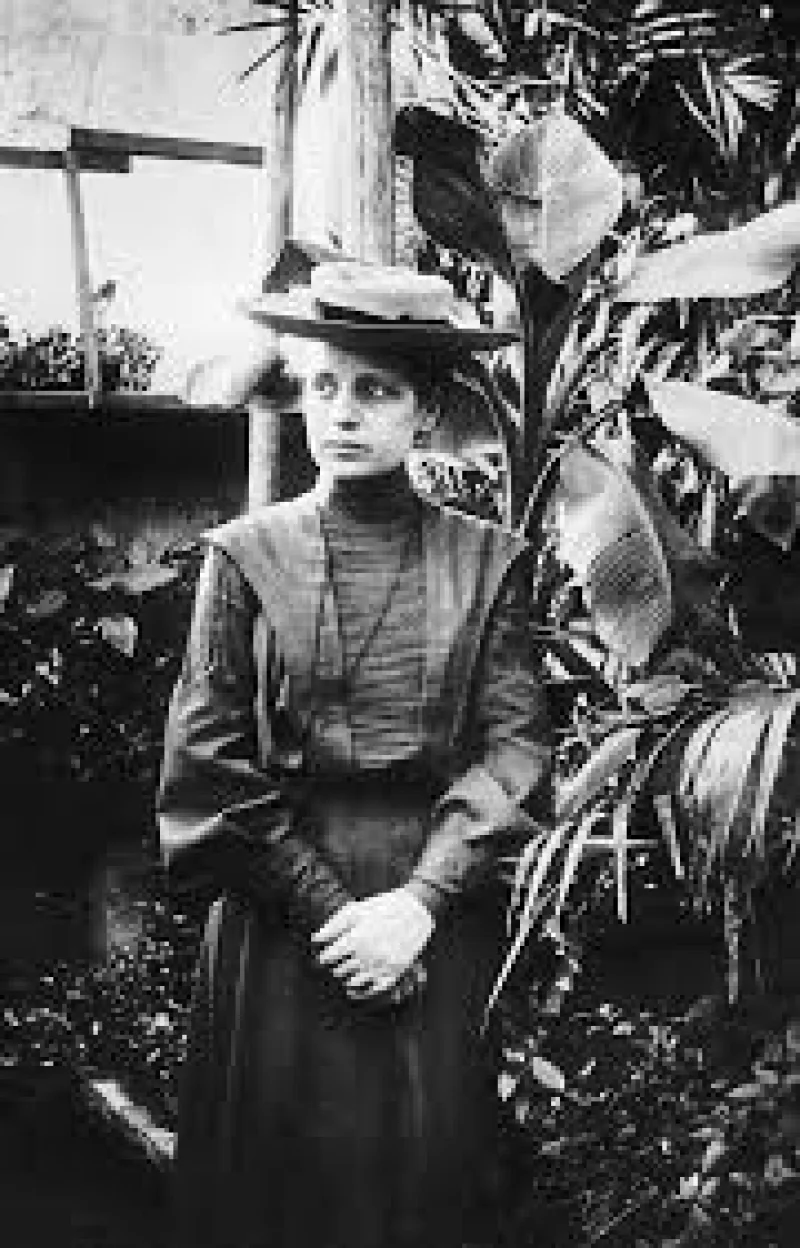Short Summary
Martin Gardner was an American popular mathematics and science writer who gained fame through his long-running column in Scientific American. Known for his work in recreational mathematics, he also made significant contributions to magic, philosophy, and literature. His ability to make complex mathematical concepts accessible to the general public has left a lasting impact on how mathematics is communicated to lay audiences.
Early Life & Education
Born on October 21, 1914, in Tulsa, Oklahoma, Martin Gardner was the son of a geologist father and an educator mother. His early exposure to science and education fostered a lifelong curiosity and passion for learning. Gardner attended the University of Chicago, where he earned a Bachelor of Arts in Philosophy in 1936. The Great Depression influenced his early career choices, but his diverse interests led him to explore various fields, including writing, magic, and mathematics. His formative years were marked by a love for puzzles and games, setting the stage for his future endeavors in popularizing mathematics.
Career Highlights
Gardner’s career took off with the publication of his first book, "In the Name of Science" (1952), which critiqued pseudoscience. However, it was his "Mathematical Games" column in Scientific American, starting in 1956, that cemented his reputation. Over the course of 25 years, Gardner introduced readers to a wide array of mathematical concepts and puzzles, influencing both amateur and professional mathematicians. Beyond mathematics, he authored books on magic, philosophy, and literature, including annotated editions of works by Lewis Carroll. His work was characterized by clarity, wit, and a deep understanding of his subjects, making him a beloved figure among his readers.
Major Achievements
- Popularized recreational mathematics through his "Mathematical Games" column in Scientific American.
- Authored over 100 books on subjects ranging from mathematics to magic and philosophy.
- Played a key role in debunking pseudoscience with his book "Fads and Fallacies in the Name of Science."
- Contributed significantly to the world of magic with his innovative tricks and puzzles.
- Annotated and revived interest in the works of Lewis Carroll.
Famous Quotes
- "The universe is full of magical things patiently waiting for our wits to grow sharper."
- "Mathematics is not only real, but it is the only reality."
Interesting Facts
- Gardner was an accomplished amateur magician and a member of the International Brotherhood of Magicians.
- He did not own a computer and wrote most of his work using a typewriter.
- Gardner's influence extended to the world of literature, with notable works on Lewis Carroll and G.K. Chesterton.
- He was known for his skeptical approach and was a founding member of the Committee for Skeptical Inquiry.
- Despite his vast influence, Gardner was self-taught in many of the subjects he explored.
Legacy / Influence
Martin Gardner's legacy lies in his profound impact on how mathematics is perceived and appreciated by the public. His work inspired generations of mathematicians, magicians, and skeptics, encouraging a love of puzzles and critical thinking. His contributions to recreational mathematics have made it an integral part of mathematical culture, and his influence can still be felt in the fields of magic, science, and literature.
FAQ
Q: Why is Martin Gardner famous?
A: He is famous for popularizing recreational mathematics through his column in Scientific American and for his contributions to various fields including magic and philosophy.
Q: What was Martin Gardner's educational background?
A: He earned a Bachelor of Arts in Philosophy from the University of Chicago.
Q: How many books did Martin Gardner write?
A: He authored over 100 books on a wide range of subjects.
Q: Did Martin Gardner use computers for his work?
A: No, he wrote most of his work using a typewriter, avoiding computers throughout his life.













